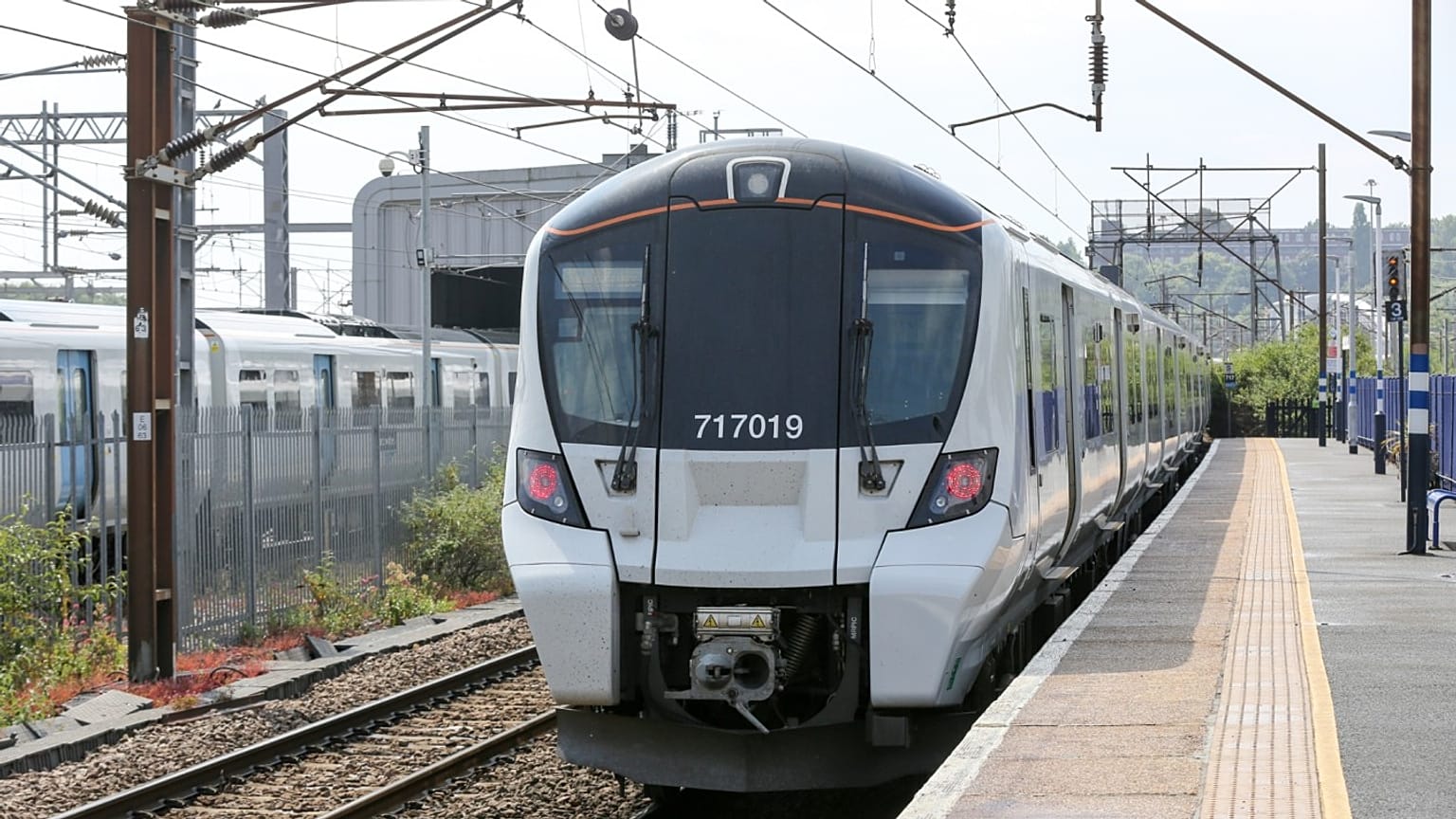Train strikes over pay disputes are common. But what are train drivers actually paid?
Tens of thousands of rail workers in the UK went on strike in December calling for increased pay and better working conditions. This created chaos for people planning to travel before Christmas.
In Europe, the UK is not the only country in which rail workers went on strike in 2022. Industrial actions have taken place recently in EU countries such as France, Austria, the Netherlands and Italy, and they are expected to continue.
In the EU, the annual inflation rate was 11.5 per cent in October 2022, reaching levels not seen before since the early 1980s. Industrial actions have triggered discussions about the wages of rail workers, including train drivers. So which countries pay train drivers the most and the least in Europe? And how have rail workers’ salaries changed in the UK?
Eurostat, the statistical office of the EU, offers insight. Based on estimates collected through the EU Structure of Earnings Survey (SES), it provides an overview of railway sector wages using data from 2021.
As the Eurostat dataset does not include the UK, Euronews Travel has taken data from the UK’s Office for National Statistics (ONS) for comparison. Therefore, there might be methodological differences between the data for EU Member States and the UK. The calculations of salaries are explained below in more detail.
In 2021, the estimated average gross monthly earnings of train drivers ranged from €632 in Bulgaria to €5,542 in the UK. Among EU Member States, Denmark (€4,463) was the only country where train drivers earned more than €4,000. They were paid more than €3,000 in Ireland, Luxembourg, Germany and France. These countries were closely followed by the Netherlands (€2,947) and Finland (€2,939).
In 16 EU Member States, train drivers received average gross monthly earnings of less than €2,000 in 2021. After Bulgaria, Romania (€901) and Hungary (€922) had the lowest salaries.
How do train driver salaries compare when adjusted for living costs?
Variations in the earnings of train drivers are considerably smaller when adjusted for living costs.
Purchasing power standard (PPS) is ‘an artificial currency unit’ defined by Eurostat based on price level differences between countries. One unit of PPS can theoretically buy the same amount of goods and services in every country.
The average gross monthly earnings of train drivers as adjusted for PPS ranged from €1,206 in Bulgaria to €4,392 in the UK in 2021. They were above €2,500 in Denmark, Germany and France.
A closer look at train driver wages in the UK
As the ONS provides a more detailed dataset, it’s possible to look more closely at the earnings of not only train drivers but also other rail workers in the UK. The data also reveals how rail workers’ salaries have changed in the last decade.
In 2021, the median gross annual pay of train and tram drivers was £59,031 (€68,673) in the UK, up from £42,484 (€48,951) in 2011. This is a 39 per cent increase in nominal terms, meaning inflation is not taken into account.
Between 2011 and 2021, the median gross annual salary of rail transport operatives increased from £34,816 (€40,116) to £47,993 (€55,832) - a rise of 38 per cent.
The change in median gross annual pay between 2011 and 2021 was considerably smaller for rail travel assistants and rail construction and maintenance operatives compared to drivers. The pay of rail travel assistants rose from £29,914 (€34,468) to £33,203 (€38,626). In other words, it only increased by 11 per cent nominally.
Similarly, the pay of rail construction and maintenance operatives rose by only 14 per cent. In 2021, their average salary was £34,953 (€40,622).
How do train driver wages compare to nurses’ wages in the UK?
On 11 July 2022, Grant Shapps, who was then serving as Secretary of State for Transport, tweeted, “Unions linked to Labour have announced train driver strikes. On a salary of almost £60,000, it isn't fair for train drivers to hurt those on lower wages with more walkouts.”
In Parliament on 15 June of this year, Shapps said: “The median salary for a train driver is £59,000, compared with £31,000 for a nurse and £21,000 for a care worker.”
In 2021, the median gross annual pay for specialist nurses was £33,946 (€39,490) and that of nurse practitioners was £36,818 (€42,832) according to the ONS. While the UK was not in the top five for nurses’ salaries in Europe, UK train drivers are paid significantly more than drivers in the EU Member States.
Gender pay gaps among train drivers
The figures also reveal that gender pay gaps exist among train drivers. Men earn more than women in most countries. In 2021, the estimated average gross hourly earnings of female train drivers were higher than those of male drivers in only the UK and Luxembourg. They were equal in Belgium, Ireland, Cyprus and Lithuania. In all other countries considered here, male train drivers were paid more than female drivers.
How are these train driver salaries calculated and who do they include?
The figures provided by Eurostat represent the earnings of ‘locomotive-engine drivers’. These people drive, or assist in driving, locomotive engines to transport passengers and freight. They include drivers of trains, locomotives, the underground, and engines or mines.
The estimated average gross monthly earnings reported by Eurostat are based on 40 hours of full-time work per week with an indefinite contract duration for male employees who are 35 years old with lower-level tertiary education (bachelor degree or higher vocational training).
The UK data reflect average pay compared to EU Member States for ‘train and tram drivers’ as defined by the ONS.


















